
Fx Sam Education
Center is a Multi-Function web site, which help for the online trading community. You can
experience all the functions in a single website which needed for trading.
Major forex news forecast, Market Analysis, Predictions and many other features are include
in this site. Also you can join with our all other services as well.
We are the Official Partner of One Royal Broker

No deposit and
Withdrawal Fees

Negative Balance
Protection

Lightning Fast
Execution

Expert Advisor
Robot

24/7 Customer
support

Free A to Z Forex
Knowledge
Forex Trading Tips (1)
Forex Trading Tips (2)
Forex Trading Tips (3)
Youtube Video
Live Trade Entry CPI News
සුභ අලුත් අවුරැද්දක් වේවා!!! / FX SAM පොඩ්ඩොත් එක්ක අවුරැදු සැමරැවේ මෙහෙමයි
TradingView 🌶 Hot Deal...
How to deposit One Royal via Crypto ( Binance )
Best Simple Trading Strategy SMC ( LTF ) Entry System PART 1
Community
Blog
What we offers

Free Mentorship

Exper Advisor
(Trading Rodot)

Profitable
Strategies

Live Market Analysis

News Forecast

Market Direction
and Sentiment
Market Data
SAMPATH DINESHA PERERA
Founder and CEO-FXsam.com

"Unlock your trading potential with us.Let's journey together toward financial freedom and success in the forex world.Believe in yourself,stay dedicated, and watch your dreams take fight join us today and let's make your trading aspirations areality."
-
Official partner of One Royal Broker - Local PSP Support
-
Founder and Owner - FX SAM Educational center
-
Well Experienced Trader
-
Well Experienced Technical Analyst
-
Experienced Forex Mentor
-
Creating Expert Advisor in MT4 and MT5

DISTINGUISHED EDUCATOR AWARD
2024 FASTBULL
TRADING
INFLUENCERS
AWARDS - SINGAPORE
What They Say About Us




FX Sam is an experienced teacher in the field of foreign exchange trading. This website, provides valuable resources, strategies, and mentorship for aspiring traders to succeed in the forex market
Harsha Edirisooriya
Quantity Surveyor
"Big shoutout to FX Sam, the absolute best mentor in forex trading! Your website is a game-changer, and your insights have taken my trading to new heights. Grateful for your guidance and expertise. Thank you, FX Sam!"
Thushan D Perera
graphic designer
"A special shoutout to FX Sam, an unparalleled mentor in forex trading! Navigating through your website is like discovering a wealth of trading wisdom. Your guidance has truly transformed my approach to forex. Heartfelt thanks to FX Sam for being the epitome of excellence in this field!"
Lakmal Nimalarathne
Agronomist
"A heartfelt salute to FX Sam, the unparalleled mentor in forex trading! Your website is a treasury of valuable insights, and your guidance has been instrumental in shaping my approach to trading. Thank you, FX Sam, for your exceptional expertise and commitment to excellence!"
Kusal Kodagoda
Tech Lead software engineer


Share Your Thoughts with us
FX SAM team really appreciate your great
ideas which will help us to improve our services.
Share your suggestions and innovative ideas with us



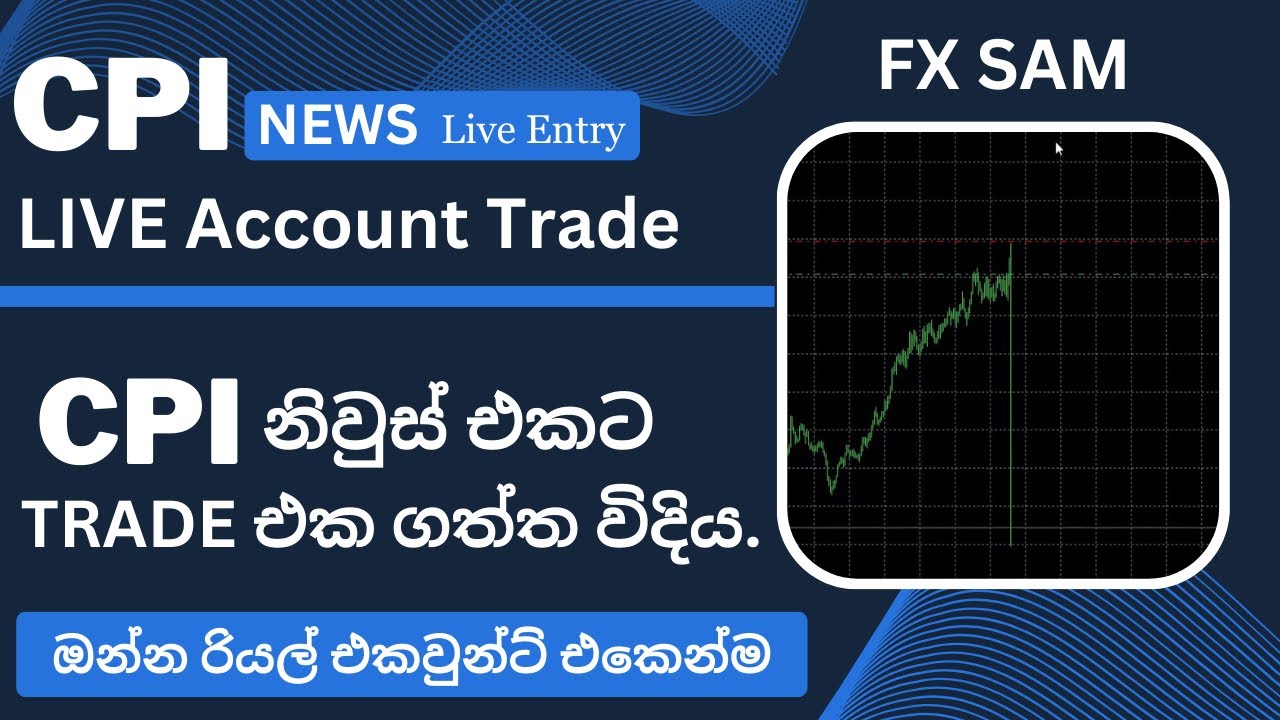


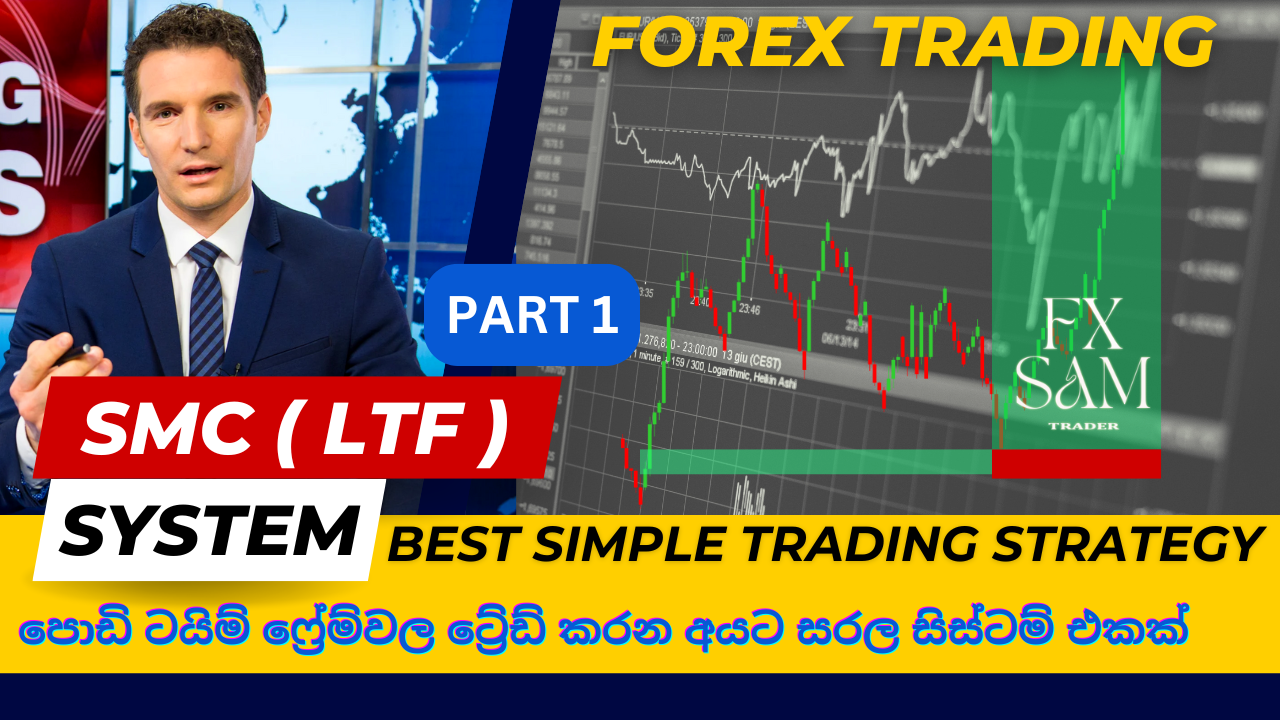

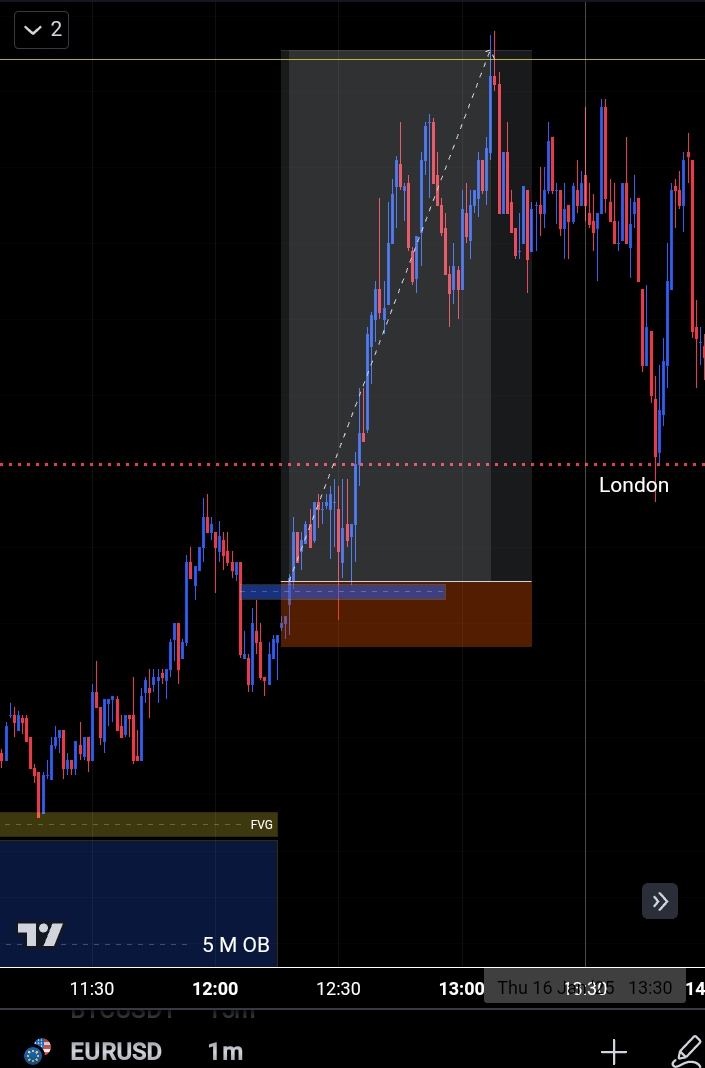
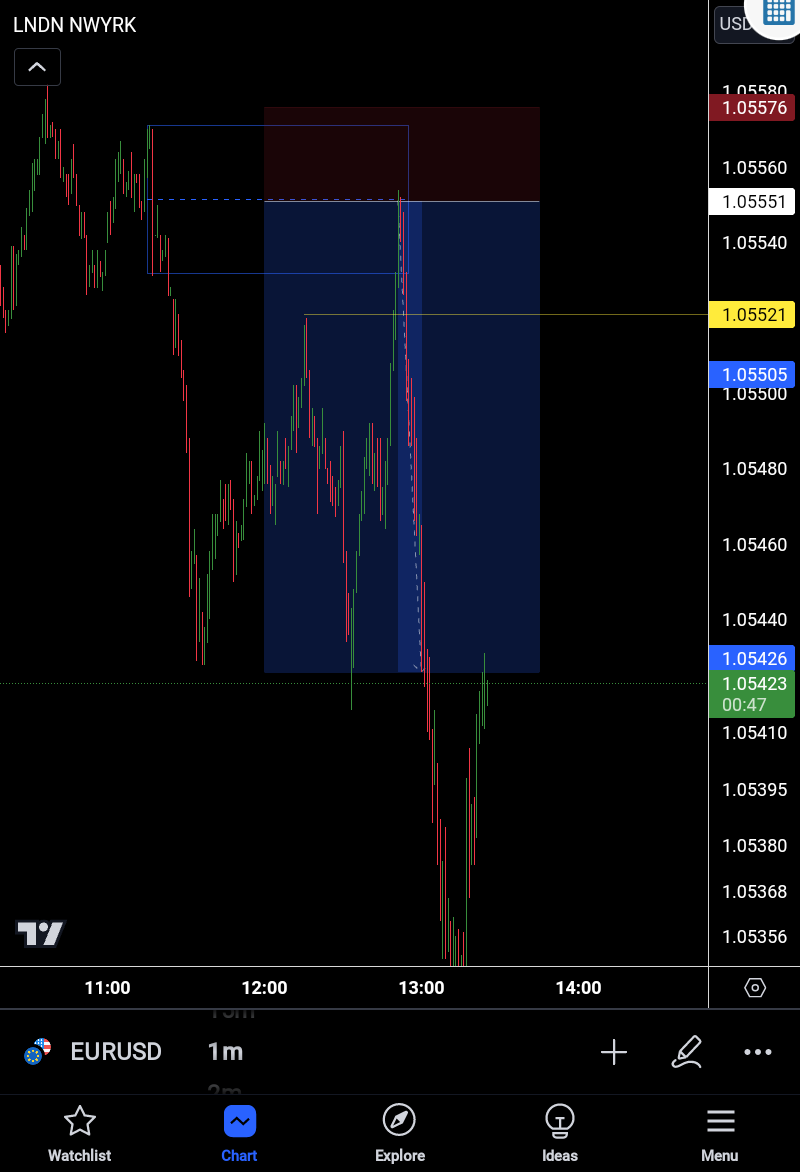


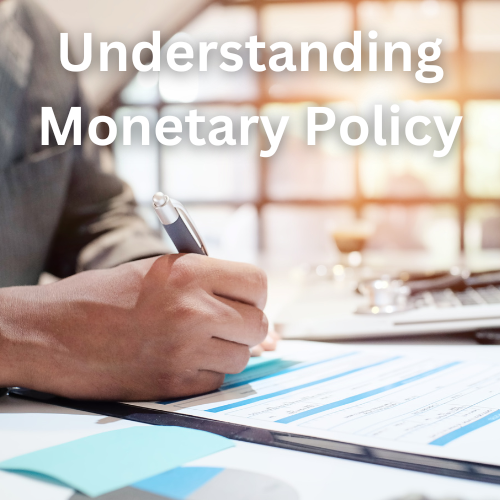
FX SAM TRADER
Welcome to the Leading Forex Mentoring and Educational Community.
You are at the right place to learn about Trading and Management.
Stay in touch with FX SAM Educational Community. We bring your dreams into reality.
Next fomc meeting is in:
Next cpi data released on:
Next nfp data released on: